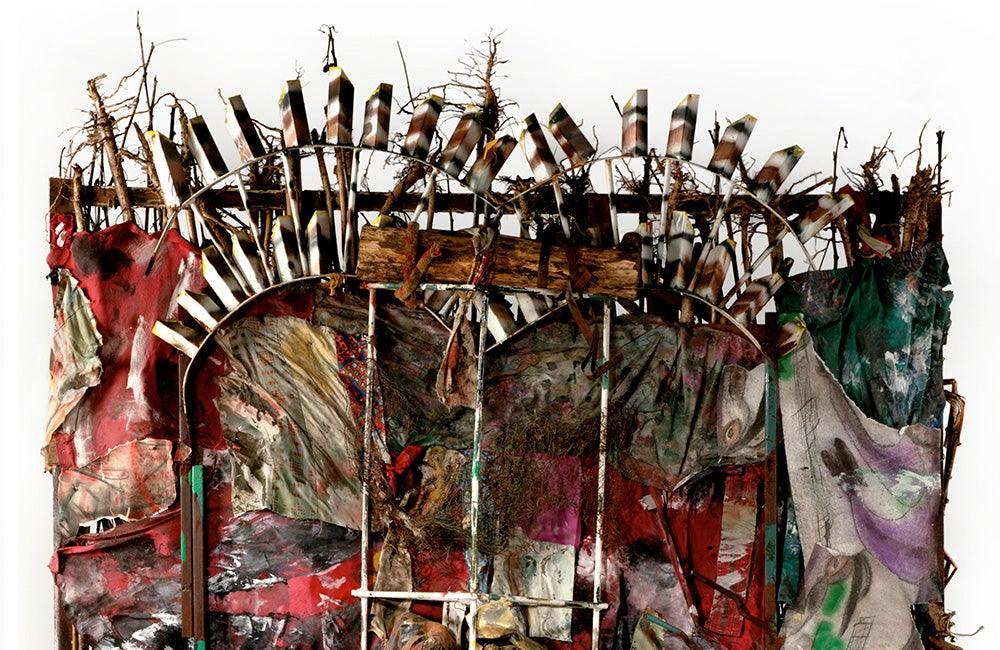First published: Summer 2018
In New York, the Metropolitan Museum of Art welcomes African-American self-taught artists’ works into its collection
In late 2014, the Metropolitan Museum of Art in New York, one of the largest, most encyclopaedic institutions of its kind in the world, received a gift of 57 works made by contemporary, self-taught African-American artists from the William S. Arnett Collection of the Atlanta-based Souls Grown Deep Foundation (SGDF). That sizable donation included drawings, paintings and mixed-media works by Thornton Dial, Joe Minter, Nellie Mae Rowe, Lonnie Holley, Joe Light, Ronald Lockett, John B. Murray, Mary Proctor, Mose Tolliver and others, as well as 20 quilts produced by female artists in the Gee’s Bend, Alabama, area.
Now, in “History Refused to Die: Highlights from the Souls Grown Deep Foundation Gift” (on view through September 23), the museum is presenting 30 pieces from the 2014 donation, representing some, but not all, of the artists whose works are part of it. On view are assemblages by Dial, Minter and Holley, and ten quilts, among other items. Meanwhile, through July 29, Shrine, a gallery in downtown Manhattan, is presenting “Annex”, an exhibition of works by several artists from the museum-gift group who are not featured in the Met’s show, along with others whose art is included in the broader holdings of the SGDF. Among them are Light, Tolliver, Hawkins Bolden, Bessie Harvey and Mary T. Smith.

Locked Up Their Minds, Purvis Young, 1972, paint and wood on wood, 84 x 84 ins. / 213 x 213 cm, Metropolitan Museum of Art
As a young man interested in art and cultural history, William (“Bill”) S. Arnett, the SGDF’s founder, began collecting antiquities and what used to be called “tribal” or “ethnographic” art before embarking on a decades-long journey of research and discovery that would become his life’s work. Arnett, who grew up in Georgia, travelled around the rural Deep South, focusing on indigenous forms of artistic expression produced by self-taught creators of African descent. Much of what he found exemplified or was derived from so-called yard art.
Such mixed-media assemblages, made with wood scraps, old automobile tyres, farm-equipment parts, wire, or house paint, were used to decorate their makers’ homes and gardens. Arnett traced their mysterious, talismanic character to object-constructing traditions practised by the slavery-era ancestors of the African-American art-makers whose creations he documented.
In 2000, Arnett and his collaborators published Souls Grown Deep: African-American Vernacular Art of the South (Atlanta, GA: Tinwood Books), a big, two-volume survey of the art forms they had examined over many years. In 2010, Arnett established the SGDF to serve as an archive and educational/promotional outlet for the art he had collected. Over the decades, Arnett acquired works by many of the artists he met. It was from the collection he amassed that the 2014 gift to the Met was culled.
This is an article extract; read the full article in Raw Vision #98




